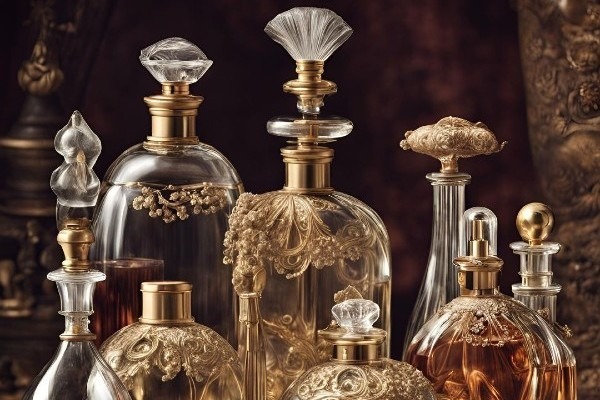- Ana de VismarEssence
- News
- 0 likes
- 8818 views
- 0 comments
The ancient practice of perfumery is a testament to the refined art of ancient civilisations and their deep understanding of scent. Approximately 4,000 years ago, in ancient Egypt, the first known use of perfumes was recorded. This ancient elixir was not only valued for its fragrance, but also played a crucial role in the daily and spiritual life of the Egyptian culture, highlighting its sophistication and connection to the divine.
The art of perfumery has been advancing and adapting to changes in civilisations. These advances not only improved the quality of perfumes, but also expanded their use in medical and ritual contexts, demonstrating how ancient civilisations understood and deeply valued the transformative power of scent.

Ancient Egypt, the Pioneers in the Creation of Perfumes
In ancient Egypt, the creation of perfumes was both an art and a science. The Egyptians used natural ingredients, such as myrrh, frankincense, and olive and almond oils. The process began with maceration, where flowers, herbs and resins were immersed in oil or animal fat. This method allowed the aromatic essences to slowly transfer to the oil, creating a rich and concentrated perfume base.
One of the most famous perfumes of this period was kyphi, a complex mixture of 16 ingredients that included myrrh, honey, wine and juniper berries. Kyphi was used both as a personal perfume and as incense, and its preparation was considered a sacred act.
Mesopotamia, at the Vanguard of Distillation
In Mesopotamia, perfumes played a crucial role in both everyday and religious life. The Mesopotamians developed advanced distillation techniques. Tapputi, one of the earliest recorded perfumers, perfected the art of distilling flowers, oil and calamus with water. This method made it possible to obtain purer and more concentrated essences, marking a significant advance in ancient perfumery.
Greece and Rome, Refinement and Evolution
The Greeks and Romans took the techniques of the Egyptians and Mesopotamians and perfected them. In Greece, perfumers used the method of enfleurage, in which fresh flowers were placed on animal fat to absorb their essences. This process was repeated several times until an optimal concentration of the aroma was achieved. In Rome, distillation was combined with the use of alcohol to create longer lasting perfumes. The Romans imported a variety of exotic ingredients and experimented with different combinations of scents, making the use of perfumes a symbol of status and luxury.
Perfume making in antiquity was a process that combined natural ingredients with advanced distillation and maceration techniques. From the earliest blends of oils and resins in ancient Egypt to the refined elixirs developed in Greece and Rome, perfumes not only beautified, but also symbolised cultural refinement and social status. This ancient art not only captured the most evocative scents of nature, but was also a testament to the innovation and creativity of ancient civilisations.
Now that you know more about the origin and evolution of perfumes throughout history, take a look at our catalogue and enjoy the best fragrances available at VismarEssence.






Comments (0)